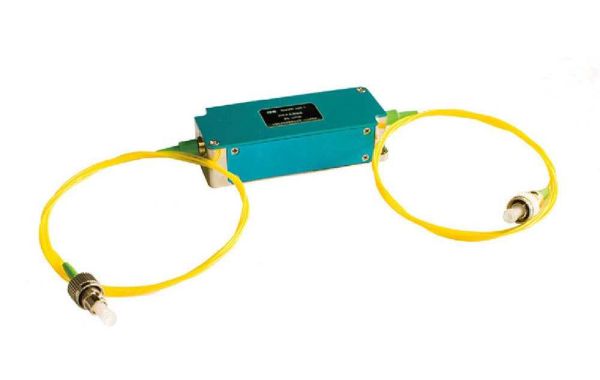An AOM operates based on the principle of the acousto-optic effect, which describes how sound waves can influence the behavior of light in a material. Here's a detailed breakdown of the working mechanism:
- Piezoelectric Transducer:The core of the AOM is a piezoelectric transducer. This device converts an electrical signal into sound waves. Piezoelectric materials have the property of changing their shape (expanding or contracting) when an electric field is applied. By applying a varying electrical signal to the transducer, it vibrates and generates sound waves with a specific frequency and intensity.
- Material: The sound waves generated by the transducer travel through a carefully chosen material within the AOM. This material is typically an optical crystal like glass, quartz, or tellurium dioxide. These materials are chosen because they exhibit a strong acousto-optic effect, meaning their refractive index (how light bends as it travels through the material) is sensitive to pressure variations.
- Light Beam: A light beam, typically from a laser, is directed to pass through the material within the AOM. The specific path of the light beam is designed to ensure good interaction with the sound wave.
- Interaction and Modulation: When the sound wave propagates through the material, it creates a periodic variation in pressure. This pressure variation causes a corresponding change in the refractive index of the material. This essentially creates a moving diffraction grating within the material. As the light beam interacts with this moving grating, it diffracts into different orders. The specific order of diffracted light depends on the characteristics of the sound wave and the light beam.
By controlling the electrical signal applied to the transducer, you can control the sound wave and hence the diffraction grating it creates. This allows for precise control over how the light beam is modulated, whether it's intensity, frequency, or direction.








